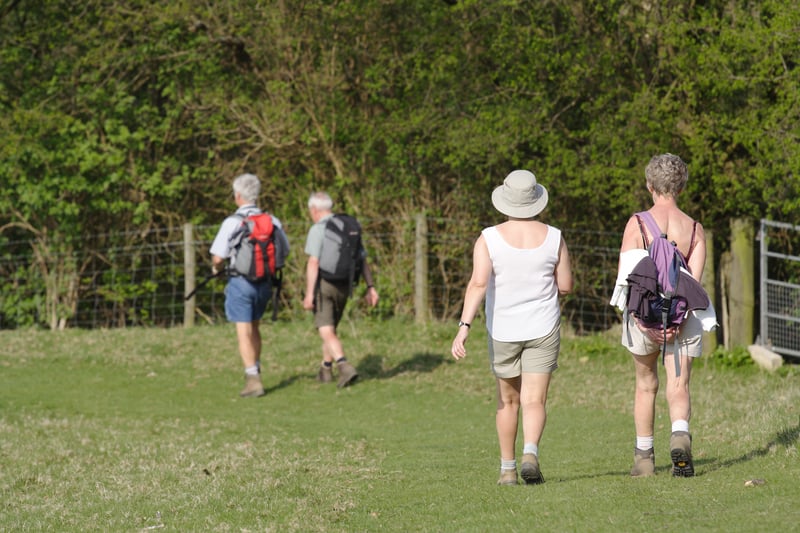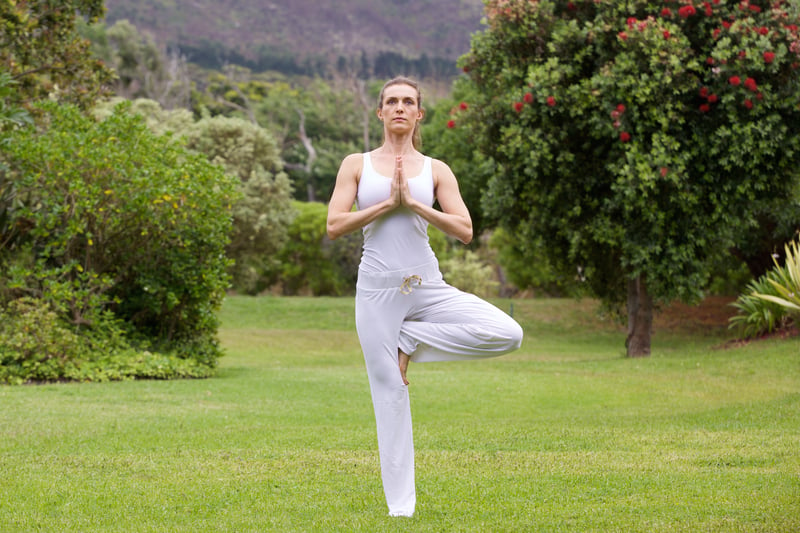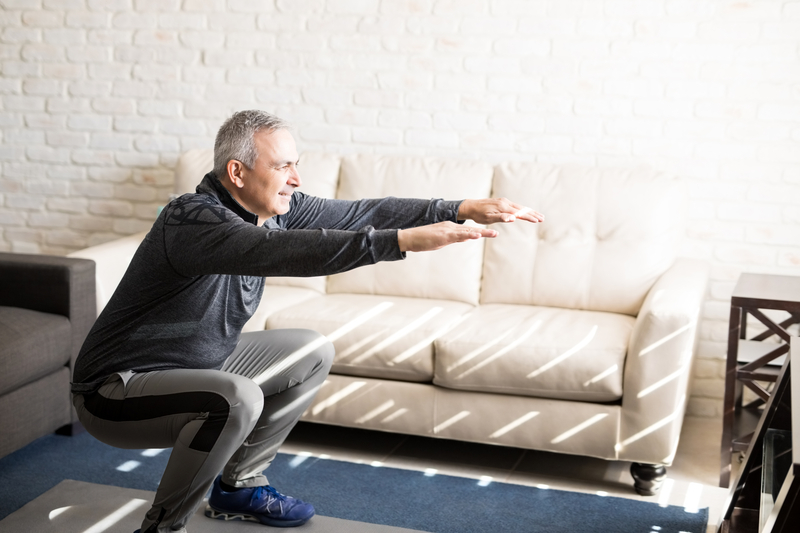5 Key Physical Health Markers for Longevity

As Jim Rohn once said, “Take care of your body. It’s the only place you have to live.” How long you live is unpredictable, but there are some things you can do to improve your chances of longevity. Indeed, there are biological and physical health markers for longevity that you can test to see where you are. Science shows that even simple tests can provide valuable insights into other areas of health, accurately predicting longevity.
Biomarkers You Can Test
Of course, there is the usual bloodwork, but there are also other tests your doctor may do to help you determine your overall health and predict your longevity. Some of these include:
- Amount of inflammation
- Kidney and liver function
- Heart health
- Resting heart rate
- Hip-to-waist ratio
- A measure of telomere length
- Cholesterol levels
- Lipid levels
But those aren’t the only health markers that can help you see into your possible future. Physical performance tests can be some of the best indicators of issues with heart health, bone density, muscle loss, inflammatory factors, and more.
Physical Health Markers for Longevity
Blood tests aren’t necessarily the only longevity predictors. There are some easy physical fitness tests you can do as well that can help you determine overall health as you get older. Try these tests to see how you fare:
Stand-to-sit-to-stand test—this test is about how well (and if) you can lower yourself to the ground (ideally without assistance), sit with your legs crossed, and then get up again without using your hands.
If you want to improve your stand-to-sit-to-stand test, practice your balance and work on your flexibility. Also, include resistance training in your training to help you increase your general muscle strength. Practices like yoga and Tai Chi are also helpful when it comes to boosting balance, flexibility, and strength.

Walking speed—how fast you walk can also point to how healthy you are. Typically, when people get older, they tend to slow down. Their movements become less fluid and more taxing. Getting around proves to be more difficult than in earlier years. While walking may seem like a simple undertaking, it’s actually a valuable predictor of one’s general health. Since so many body functions are involved in walking, it provides a window into the health of your cardiovascular, respiratory, circulatory, muscular, skeletal, and nervous systems.
How can you get faster at walking? Ironically, by taking it slowly. Ramp up your pace over time as you get more physically fit and enjoy the side benefits of toned muscles, weight loss, lower blood pressure, reduced risk of disease, and a better mood.

Grip strength—hand grip strength is a basic measure of physical fitness and capacity as well as a good judge of longevity. Researchers group grip strength in with other health- and age-related markers like muscle strength, muscle loss, and weakness with age and osteoporosis. A stronger grip means a better likelihood of a long life.
How do you measure grip strength? The easiest way is by using an instrument designed specifically to measure it called a dynamometer. This hand-held device (HHD) is squeezed three times in each hand, and an average is taken. An average healthy male might squeeze around 70 pounds, while a female will typically squeeze a value in the mid-forties.

How can you improve your grip strength? You can start by lifting weights. This is a great way to upgrade your hand grip strength over time. As your muscles get stronger, your grip will improve to accommodate the new weights you can lift. You can also try specific grip-strengthening devices, squeeze tennis balls, or use tools and lifting equipment with a variety of different handles and handle thicknesses.
Balancing on one leg—the ability to balance can also provide insight into your potential longevity. People with poor balance are at greater risk for stroke and mental decline than their better-balanced counterparts. How to pass the test? Balance on one leg for at least ten seconds.
Want to get better at balancing? Just practice. Begin by standing with your feet about hip-width apart. Start by picking one foot up off the floor slightly and balancing as long as you can. As you get better, lift your leg higher and higher and try to balance for long periods. You can even add a Bosu ball to make your balance practice more challenging.

Squat hold—this deep body squat can also be a key health marker for longevity as it involves a great deal of flexibility, mobility, and balance. How to do it? Start by standing with your feet a little wider than your hips. Keeping your back straight and your knees following the path of your toes, drop your hips down as low as you can until you are in the deepest squat possible. Hold this pose for 30 seconds (or more), and then push back up through your heels to the standing position again.
Don’t be discouraged if you can’t do a very deep squat to start. This takes practice! Over time, you will develop better flexibility and be able to get deeper and hold the squat for longer periods. You may even be able to add weight to make it more of a challenge.

Don’t rely solely on these key health markers for longevity, though. Balance, flexibility, mobility, endurance, and strength are all just part of the longevity equation. Remember, living a long life is only fun if you are happy and fulfilled. Physical, mental, emotional, and spiritual health, along with purpose and passion, are all needed to round out a healthy, satisfying life.






